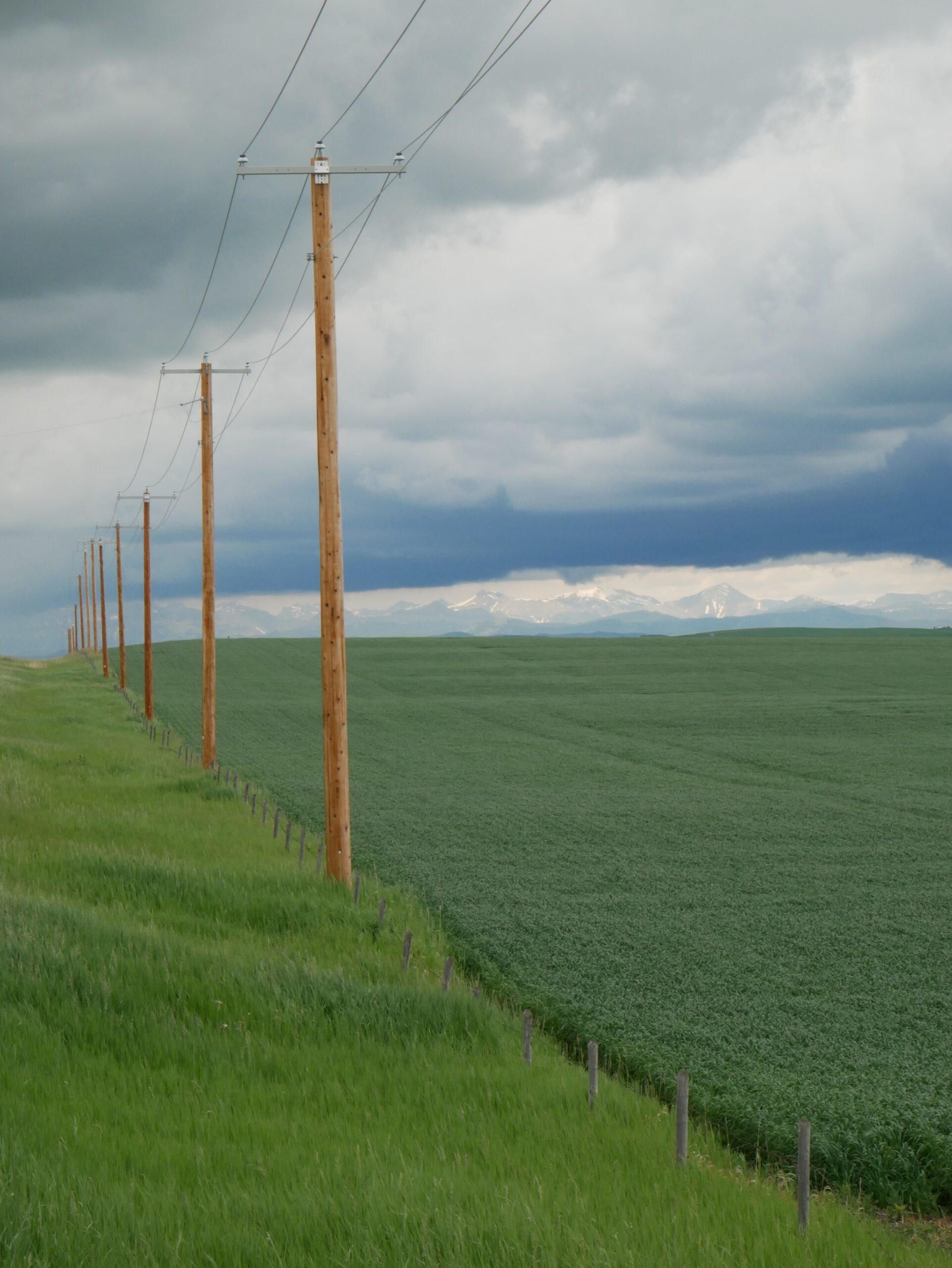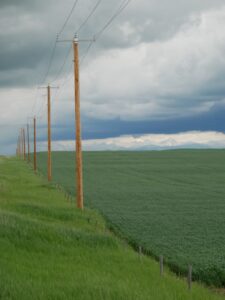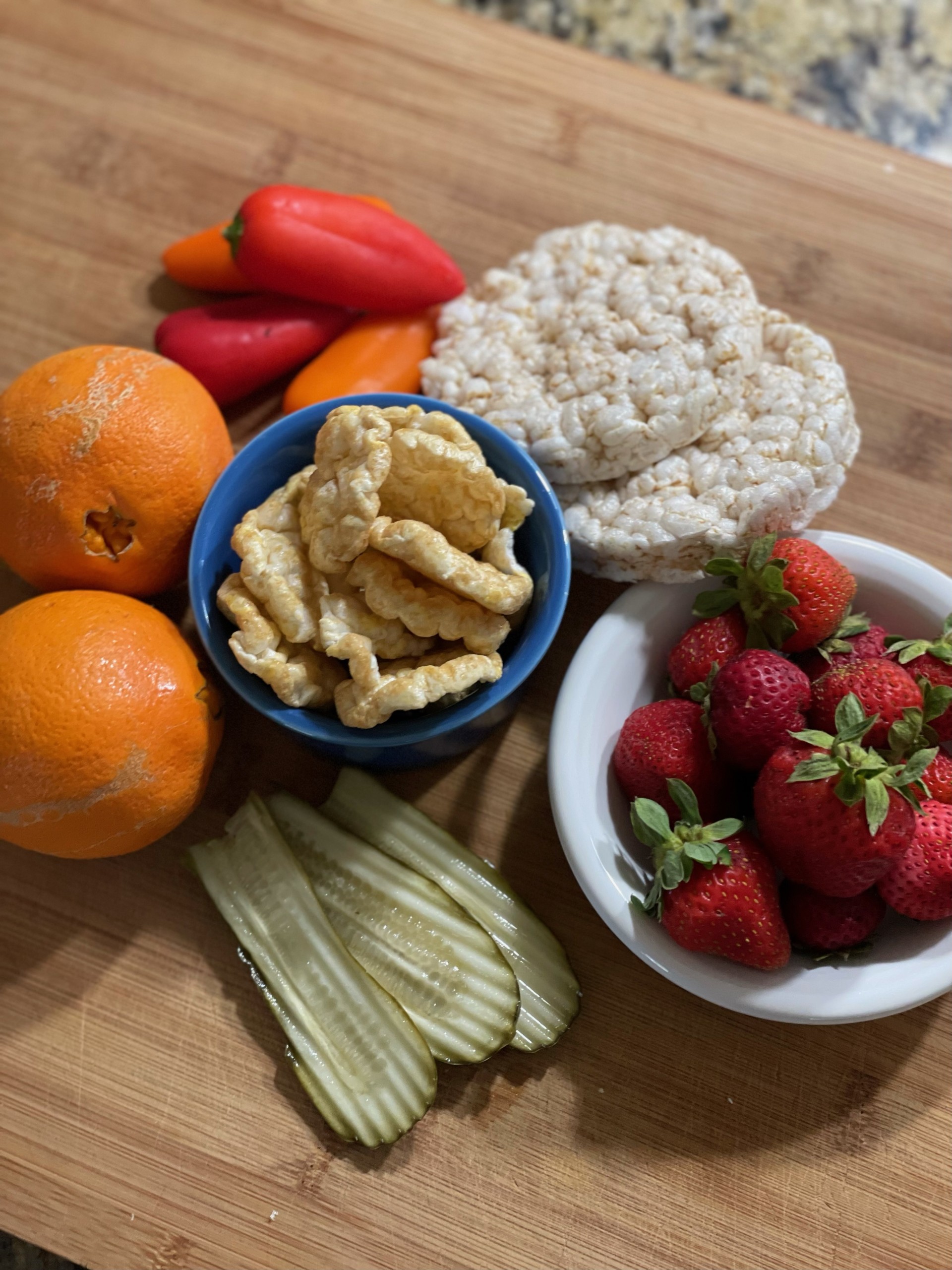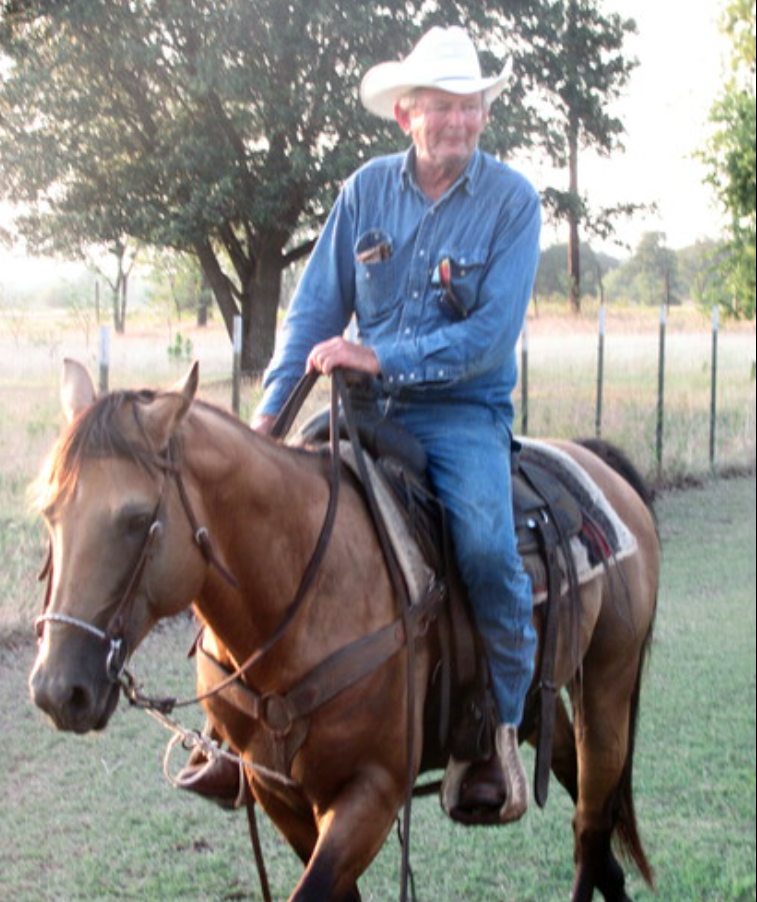AgriLife organizes to educate about disappearing grasslands by Mario Villarino


[adning id=”33097″]
Widespread loss of native grasslands has led to major wildlife population declines, particularly for northern bobwhite and other grassland bird species.
Much of the tallgrass prairies in Texas rivers basin have been converted to introduced grasses for livestock production, such as bermudagrass (Cynodon dactylon) and bahiagrass (Paspalum notatum), or removed for row crop production. Restoring these areas to native grasslands will provide critical habitat for northern bobwhite and other grassland bird species, as well as white-tailed deer.
Increasing fuel and fertilizer prices may lead livestock producers to restore native grasses as an alternative forage choice for livestock because of their reduced input costs.
Once restored, native grasslands require continuous monitoring and management to prevent undesirable grass and woody species from establishing, and to promote greater diversity and health of the grassland. Just as a well-developed, detailed plan is necessary for a successful grassland restoration, a post-restoration monitoring and management plan is required to ensure continued sustainability and success of the land operation.
To demonstrate the application of grassland management principles, Texas A&M AgriLife Extension Hopkins, National Grazing Lands Coalition, Texas Parks and Wildlife and NETBIO has organized the 2021 Field Day for Producers and Grasslands Managers scheduled for October 1, 2021 starting at 9:00 AM.
The program is free but registration is required by calling at 903-885-3443 by September 24, 2021. The program is limited for first 25 participants. For more information contact the Hopkins County Extension Office at 903-885-3443 or email m-villarino@tamu.edu.
By Mario Villarino
[adning id=”33207″]













